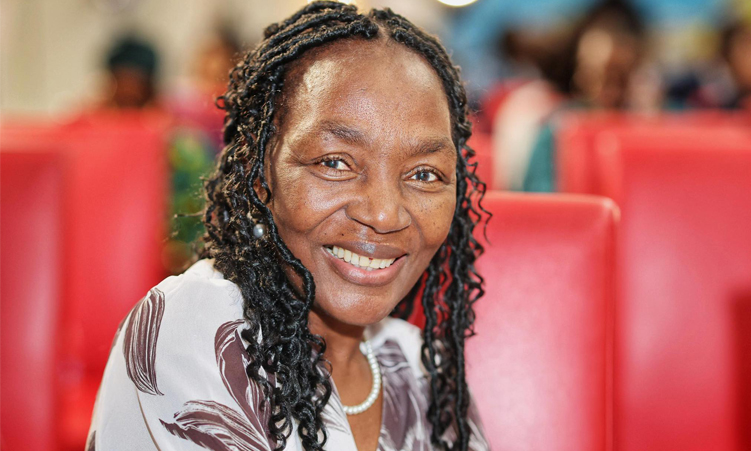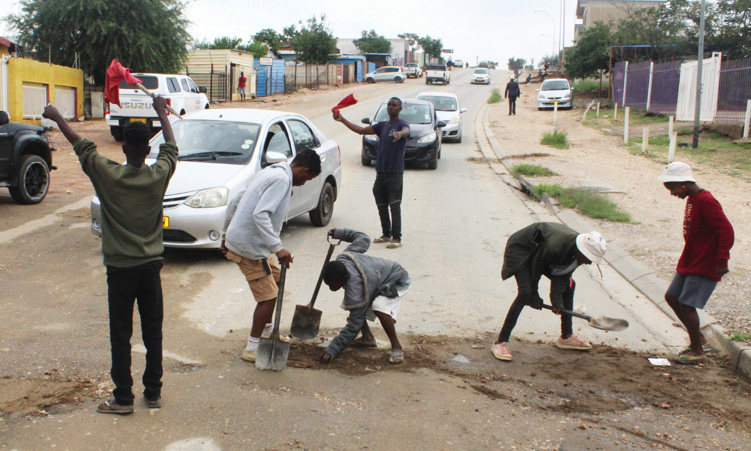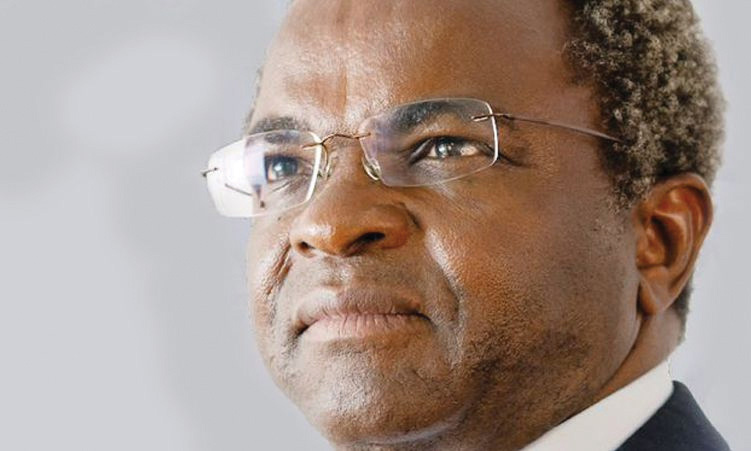At the end of February, Namibia’s debt stock stood at N$165.9 billion.
This represents 62% of the gross domestic product (GDP).
The International Monetary Fund (IMF) has recommended that an acceptable debt-to-GDP ratio, a common benchmark for developed countries, is around 60%, with 40% suggested for developing and emerging economies.
Minister of finance and social grants management Erica Shafudah says the budget includes N$13.7 billion in interest payments.
Additionally, the government plans to spend N$12.8 billion on development projects. About N$3.2 billion for these projects will be funded through external loans and grants.
“This budget represents an increase of 4.9% from the revised estimates of the preceding financial year,” says Shafudah.
She says over the years, the government has been spending more money on paying debt rather than creating real economic value for the country.
“We remain concerned that we expend more resources on debt servicing than we plough back into the economy to grow our economic potential through the development budget,” says Shafudah.
She adds that the government will be putting measures in place to contain the pace of debt accumulation.
“We are, therefore, committed to maintaining public debt on a reduction path and ensuring that debt is raised in the most cost-effective manner,” says Shafudah.
The country will also have to pay off its Eurobond of US$750 million on 29 October.
Currently, the government has saved up US$463 million in the Sinking Fund over the past financial years.
“Going forward, we aim to further add another N$3.0 billion (US$162 million) to the Sinking Fund during the course of the 2025/26 financial year before the maturity of the bond,” says Shafudah.
This will leave a balance of N$2.3 billion.
Shafudah says the balance will be refinanced through the domestic market.
In addition to redeeming the Eurobond, the government is also making substantial principal repayments to settle the IMF Rapid Financial Instrument financing to the tune of N$2.3 billion in the 2025/26 financial year and the final tranche of N$1.2 billion in the 2026/2027 financial year.
“Going forward, it remains crucial for the fiscal framework to continue maintaining a primary budget surplus over the upcoming medium-term expenditure framework to contain the pace of debt accumulation,” says Shafudah.
Stay informed with The Namibian – your source for credible journalism. Get in-depth reporting and opinions for
only N$85 a month. Invest in journalism, invest in democracy –
Subscribe Now!










